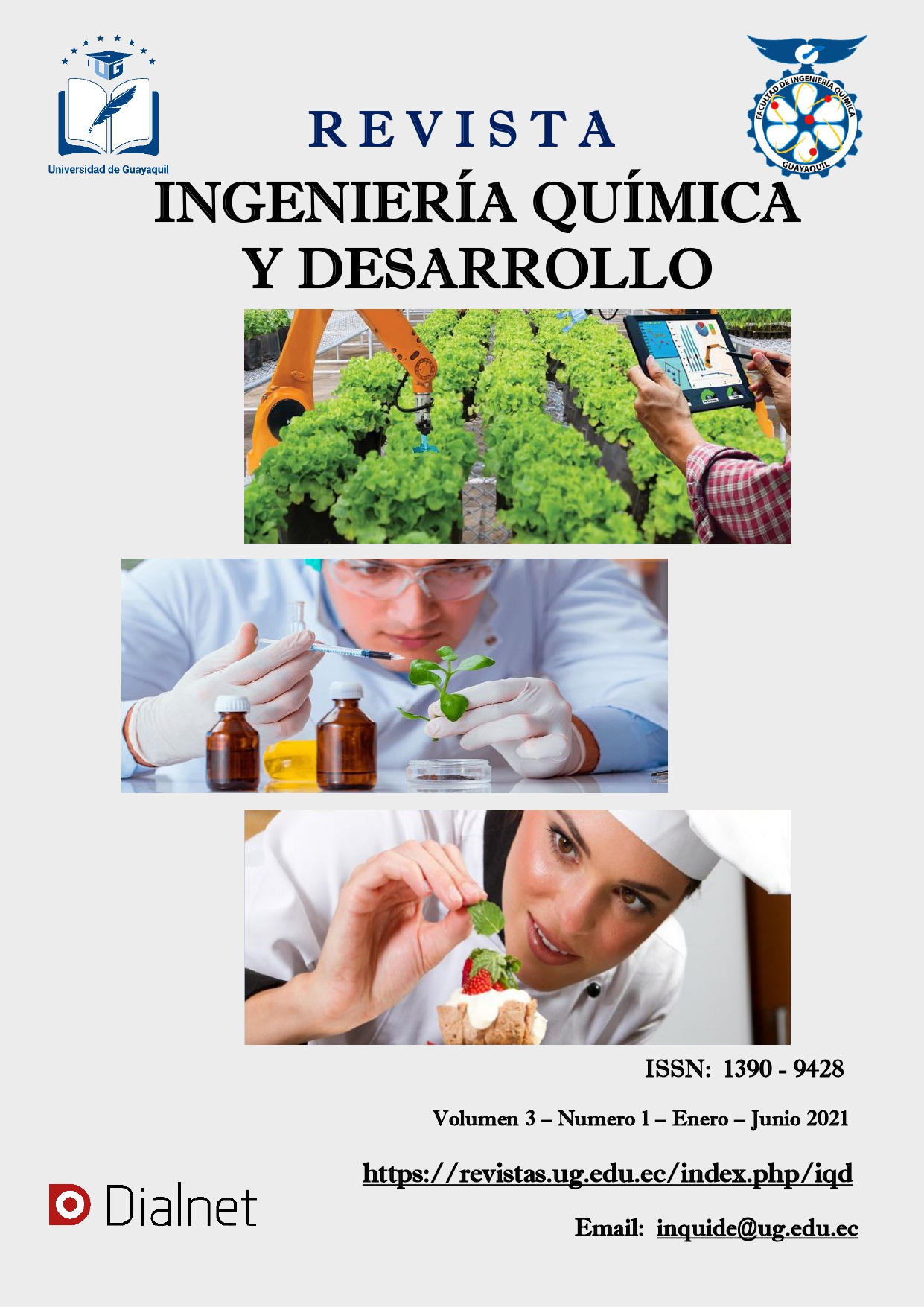Use of the trumpet fish (Aulostomus strigosus) for the preparation of a substitute product for eel sauce and development of a culinary proposal in the city of Guayaquil
Main Article Content
Abstract
The present study has as main objective to elaborate a substitute product of the eel sauce with the use of the trumpet fish (Aulostomus strigosus), making three varieties of sauces with differentiated organoleptic characteristics; Roasted sesame seeds, sweet spices and orange, each providing a particular flavors such as: citrus, roasted and aromatic, taking into consideration that this titration proposal could become a product marketed in the city of Guayaquil at a very affordable cost for consumers of the eel sauce. In Ecuador, the consumption of trumpet fish (Aulostomus strigosus) has increased during the last decade, due to the low economic cost of this marine protein because it is a product of great reception in the gastronomic area. Through the surveys carried out, it was determined that the population of Guayaquil does know and consume trumpet fish (Aulostomus strigosus), however they do not know the nutritional properties that this food contributes to health. For the elaboration process, continuous experiments were carried out to measure the level of acids, viscosity and sweetness of the different varieties of elaborated sauces, getting to obtain a product with similar characteristics to the eel sauce. For the hedonic tests a preparation of oriental origin was made that has the name of “Yaki onigiri” a food with a neutral flavor, which in turn allowed to highlight the flavor of the three varieties of sauce presented, before the 70 unskilled judges.
Article Details
Section

This work is licensed under a Creative Commons Attribution-NonCommercial-NoDerivatives 4.0 International License.
How to Cite
References
E. J. M. Don'Agii, «Sobre el "Pez trompeta",» de Universidad Nacional de la Plata, Buenos Aires, Imprenta y casa editorial , 1995, p. 33 a 40 .
J. F. G. Jiménez, «Peces de Canarias,» de Guìa submarina , Madrid , 2009, p. 223.
M. A. C. Loza., «Estudio de las relaciones intraespecíficas,» 12 05 2008. [En línea]. Available: https://accedacris.ulpgc.es/bitstream/10553/1592/1/4676.pdf.
B. d. Sahagun, Historia general, México : Imprenta del Ciudadano Alejandro , 2015.
M. O. Martin Merino, «Peces Comestibles,» de especies exóticas, Manta, Área de Innovaciòn, 2011, p. 105.
M. L. Fanjul, Biología funcional de los animales, Madrid - España : siglo veintiuno , 1998.
J. A. Lluis Serra, Nutrición y salud, Barcelona: Masson, 2009.
A. G. Martinéz, «Preelaboracion y Conservacion de Alimentos,» de Preelaboracion y Conservacion de Alimentos, Madrid - España, AKAL S.A, 2010, p. 270.
P. Cartagena, «Seguridad alimentaria,» 02 11 2016. [En línea]. Available: http://www.fao.org/fileadmin/templates/aiq2013/res/es/cultivo_quinua_e s.pdf.
CodexAlimentarius, «codex alimentarius commission,» Norma para el pescado ahumado, pescado con sabor a humo y pescado, p. 1, 20 06 2013.
B. Cuting, Ahumado en frio, England: New Methods to cook, 2014.
Bertulio, Ahumaderos artesanales, Milan: Dolce Vita, 2016.
Naive, The best ways to preservate a fish, Washington: Black Sheep, 2013.
Mohlner, Tecnicas de ahumado, Berlin: Duschtland, 2015.
